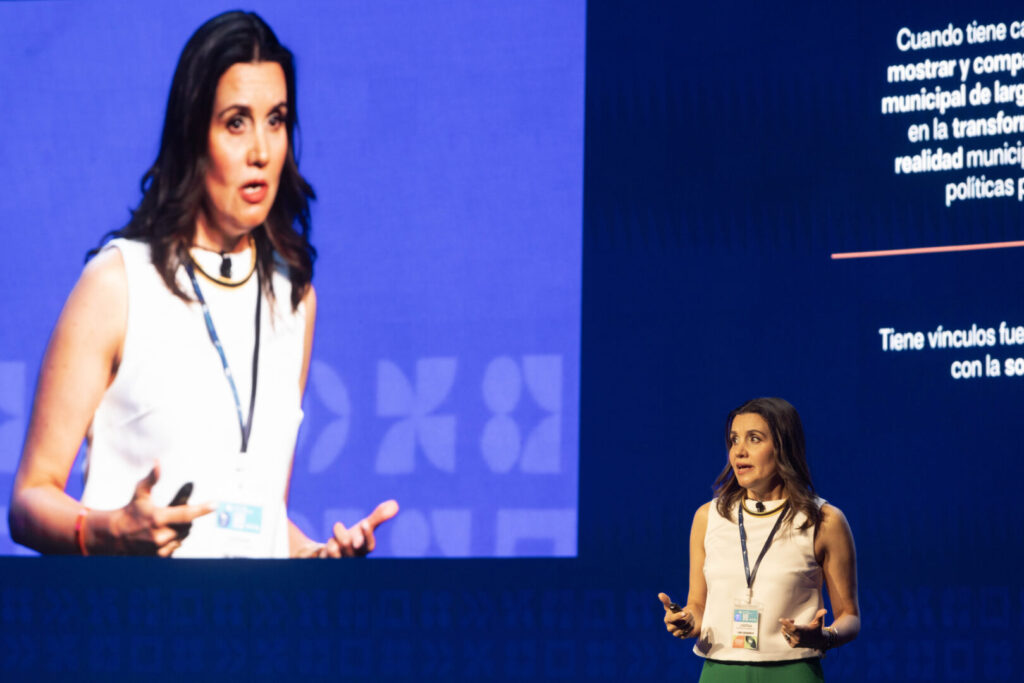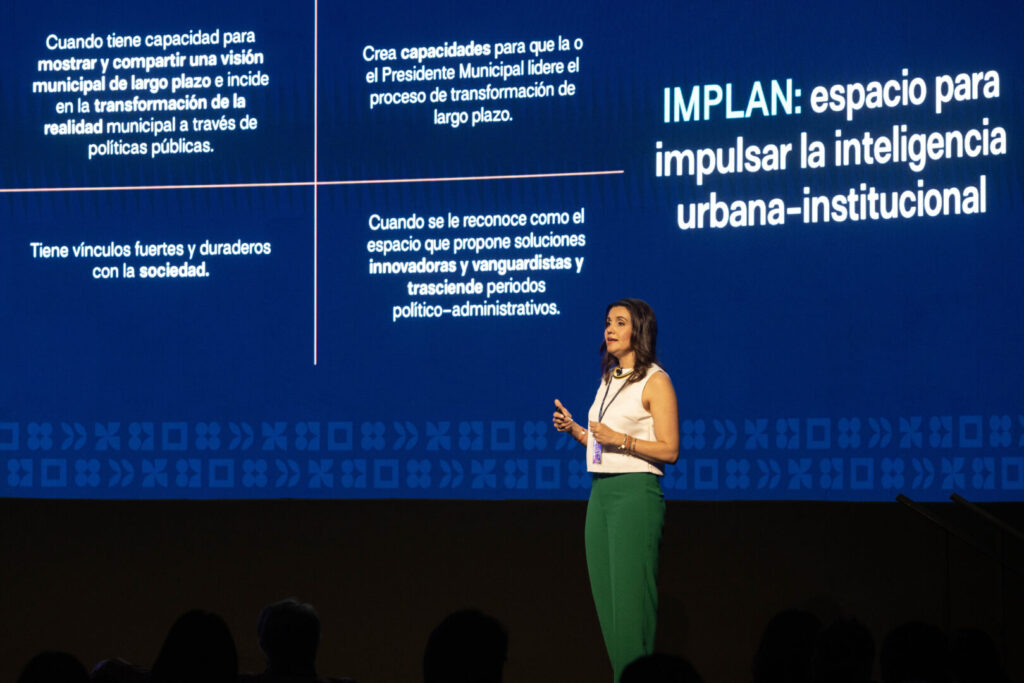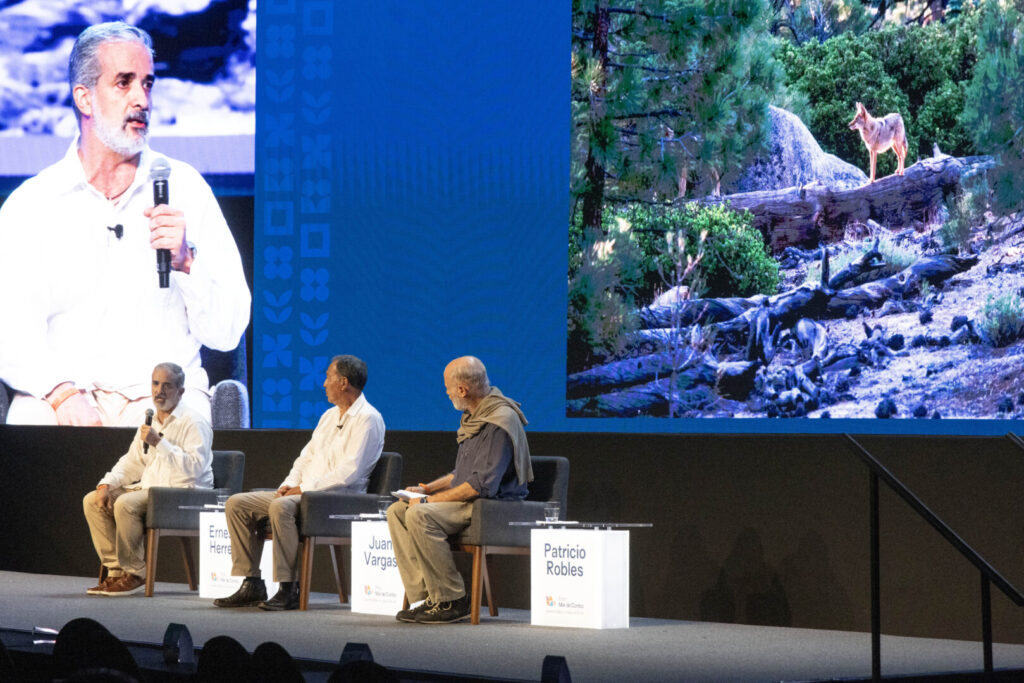Los Cabos, BCS.One billion people in the world live in areas vulnerable to flooding due to flooding caused by climate crisisincluding many communities in the Sea of Cortez Region.
Given this reality, it is urgent that these areas adopt solutions to adapt to and mitigate the impacts of climate change. climate crisishe pointed out Jimena Iracheta CarrollTechnical Director of the EURE SC Center, in her presentation on the Essential elements in urban design presented at the Summit 2024 Cities with a Future. No fear of action.
The good news, he said, is that our cities have a key tool to coordinate and promote these solutions: the municipal planning institutes.
"The issue of climate change is The Issue. It affects the possibility of survival, even of the human species. What is happening in the world speaks to us of the urgency of having this vision as a transversal axis of planning," he warned.
As examples of this threat, he mentioned recent disasters, such as Hurricane Otis in Acapulco and the floods in Valencia, Spain.
According to the World Cities Report 2024In addition, about one billion people live in flood-prone areas, and many areas of the world are flood-prone. Sea of Cortez Region are in this situation of risk.
"Are we doing enough to prepare? Unfortunately, I don't think so," he warned, highlighting the urgency of integrating climate policy into urban planning.
Iracheta Carroll also highlighted the project under development of the EURE SC Centerin collaboration with the Mexican Association of Municipal Planning Institutes and the Global Covenant of Mayors for the Climatewhich seeks to train officials and local governments to address the climate crisis. Tijuana, Mexicali, La Paz and Hermosillo are participating in this initiative, advancing in their climate policiess.

Heat: The silent enemy of cities
Another aspect of the climate crisis is the increase in the extreme heata "silent killer" that represents the main cause of climate-related mortality.
"Right now we are in the coldest season of the rest of our lives. We have to consider all the threats that extreme heat generates in the economy, in infrastructure, in biodiversity, in productivity and, above all, in health," he stressed.
"Many people are dying from causes directly and indirectly related to heat and urbanization, cities, have everything to do with heat. The more we pave, the more we deforest, the more we make those parking lots, and urban heat islands are being generated that are going to be more and more problematic for health and for life and productivity in general".

Urban intelligence with innovation and green economy
In his presentation, Iracheta Carroll defined the "urban intelligence" as a city with a productive and sustainable economy, focused on innovation and a green economy that provides equitable opportunities for all its inhabitants, with access to education, culture, safety and public spaces.
"It would also be a city that gives more equitable life opportunities to all its citizens, where there is access to education, art, culture, a tolerant and diverse society, and where there is citizen security," he said.
It must also be a city where there is a space where urbanization occurs in an orderly manner, where there are possibilities for efficient mobility, where everyone has access to decent and quality housing, where there are public spaces, equipment, and a city that is resilient to the effects of the climate crisis, environmentally friendly, where resources are cared for, among many other characteristics.
"Those who live in that city have a very important role. It is not just a matter for the government. We citizens also need to empower ourselves, we need to know how to participate in the construction of the urban intelligence to which we all aspire," he said.
And there, again, is where the municipal planning institutes play a fundamental role as the guiding axis that should have a monopoly in the planning of cities.
For the Sea of Cortez region, these institutes are already a reality, but it is up to citizens, businessmen, academics and the general public to strengthen them and promote their role in the continuous improvement of cities.






